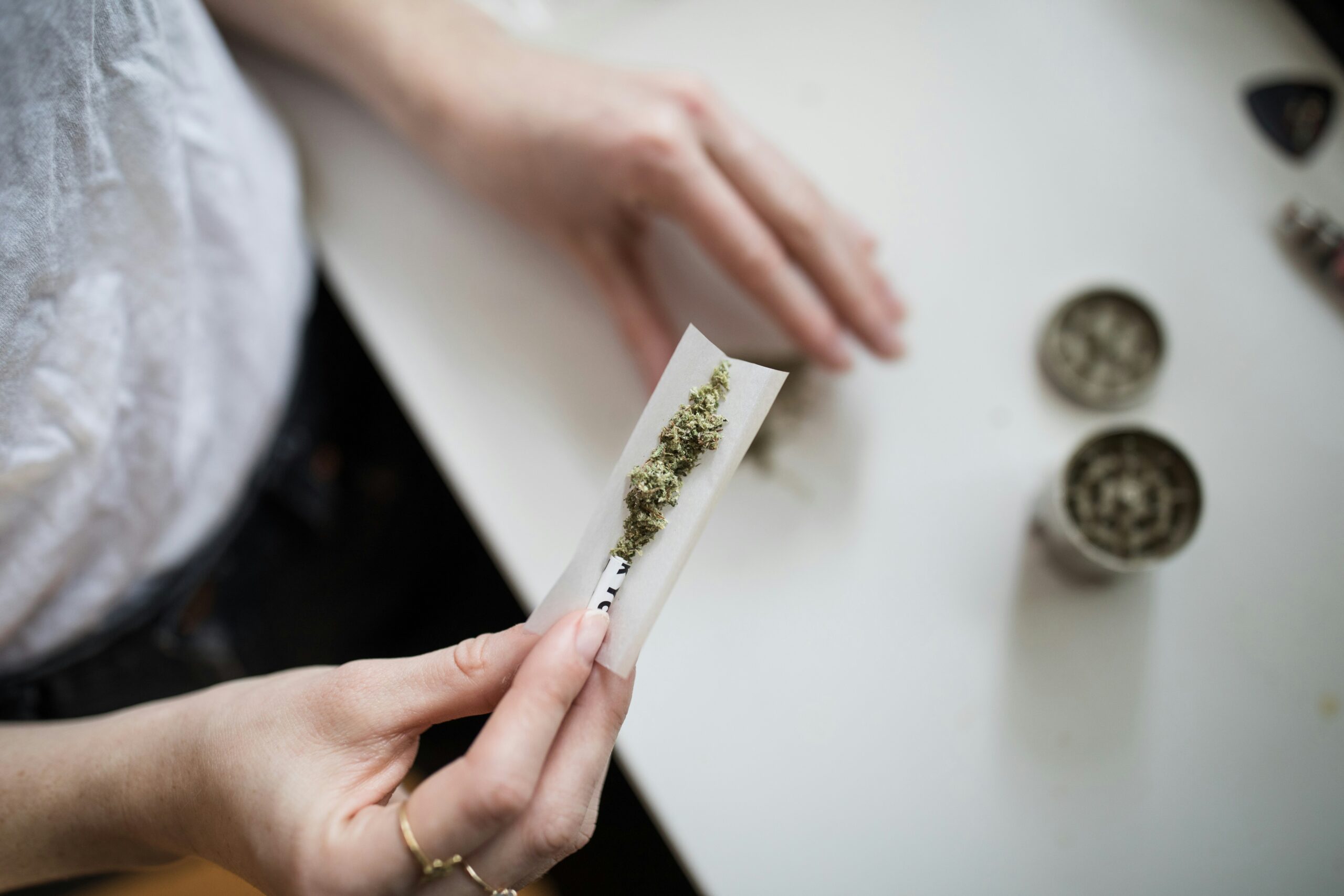The legalization of medicinal cannabis and the gradual decriminalization of its use in various jurisdictions have brought significant challenges to existing laws, particularly in the realm of driving. As cannabis becomes more widely accepted for therapeutic purposes, the need to differentiate between intoxication and impairment has become crucial for both public safety and the rights of medicinal cannabis users. This distinction is equally important in workplace safety, where businesses face similar challenges.
Definitions and Distinctions
Impairment refers to the deterioration of an individual’s judgment or physical ability due to the consumption of substances such as alcohol or drugs. This concept is essential when evaluating a person’s capacity to perform tasks that require coordination, attention, and decision-making, such as driving or operating machinery. Impairment can begin at low levels of substance intake and is not always visibly apparent without specialized testing.
Intoxication, on the other hand, is a legal term used to describe a condition where an individual has consumed a substance to the point where their physical or mental control is markedly diminished. This is typically measured by specific thresholds of substance concentration in the blood, such as a blood alcohol content (BAC) of 0.08% for alcohol.
While alcohol intoxication and impairment are well-documented and standardized through breathalyzer tests and BAC measurements, cannabis presents unique challenges. The psychoactive component of cannabis, delta-9-tetrahydrocannabinol (THC), behaves differently in the body compared to alcohol, complicating the assessment of intoxication and impairment.
Challenges in Cannabis Impairment Testing
Current roadside drug tests can detect the presence of THC but do not measure impairment. THC can remain in the body long after its intoxicating effects have subsided, leading to potential legal repercussions for medicinal cannabis users who may not be impaired but still test positive for THC. This issue is compounded by the fact that regular cannabis users can have high levels of THC in their systems without experiencing impairment, due to tolerance.
Research highlights these challenges, showing significant variability in impairment timing and severity based on different doses and methods of cannabis administration. For example, vaporized THC causes peak impairment within one hour, while oral THC leads to peak impairment three to five hours after consumption. The impairment effects also last longer with oral administration.
Moreover, standardized field sobriety tests, which are effective for detecting alcohol impairment, do not reliably detect cannabis impairment. This inconsistency underscores the need for new methods to accurately assess cannabis-related impairment.
Implications for Workplace Safety
The challenges faced in roadside testing of cannabis impairment are directly applicable to workplace safety. In areas where cannabis use is decriminalized, employees have the legal right to consume cannabis in their free time. However, ensuring they are not impaired while at work is crucial for maintaining a safe working environment, particularly in industries where precision and coordination are vital, such as construction, transportation, and manufacturing.
Employers must navigate the complexities of distinguishing between intoxication and impairment to develop fair and effective workplace policies. Current drug tests can indicate the presence of THC but cannot determine whether an employee is impaired at the time of testing. This can lead to unjust penalties for employees who legally use cannabis outside of work hours but are not impaired during their shifts.
Policy Implications and Recommendations
There is a recognized need for research into developing reliable impairment tests for cannabis that can be applied both roadside and in workplaces. Such tests would help balance public safety with the rights of individuals who use cannabis legally. Policymakers and business leaders emphasize the need for standardized national guidelines to address these challenges and ensure consistency across different regions and sectors.
Studies suggest that impairment from cannabis varies greatly depending on factors such as dosage, method of consumption, and user tolerance. For instance, occasional users are more predictably impaired by cannabis compared to regular users, who may develop significant tolerance. This variability necessitates a nuanced approach to both drug-driving laws and workplace policies, focusing on impairment rather than mere presence of THC.
Conclusion
As medicinal and recreational cannabis use becomes more prevalent, distinguishing between intoxication and impairment is crucial for developing fair and effective laws and workplace policies. Current THC detection methods are inadequate for assessing impairment, necessitating research and development of new testing protocols. Policymakers and business leaders must consider the complex pharmacokinetics of THC and the varying impairment effects to create regulations that protect public safety without unjustly penalizing legal cannabis users.
By adopting scientifically-based thresholds and impairment assessments, jurisdictions and businesses can better align their policies with the realities of cannabis use, promoting both safety and fairness.
